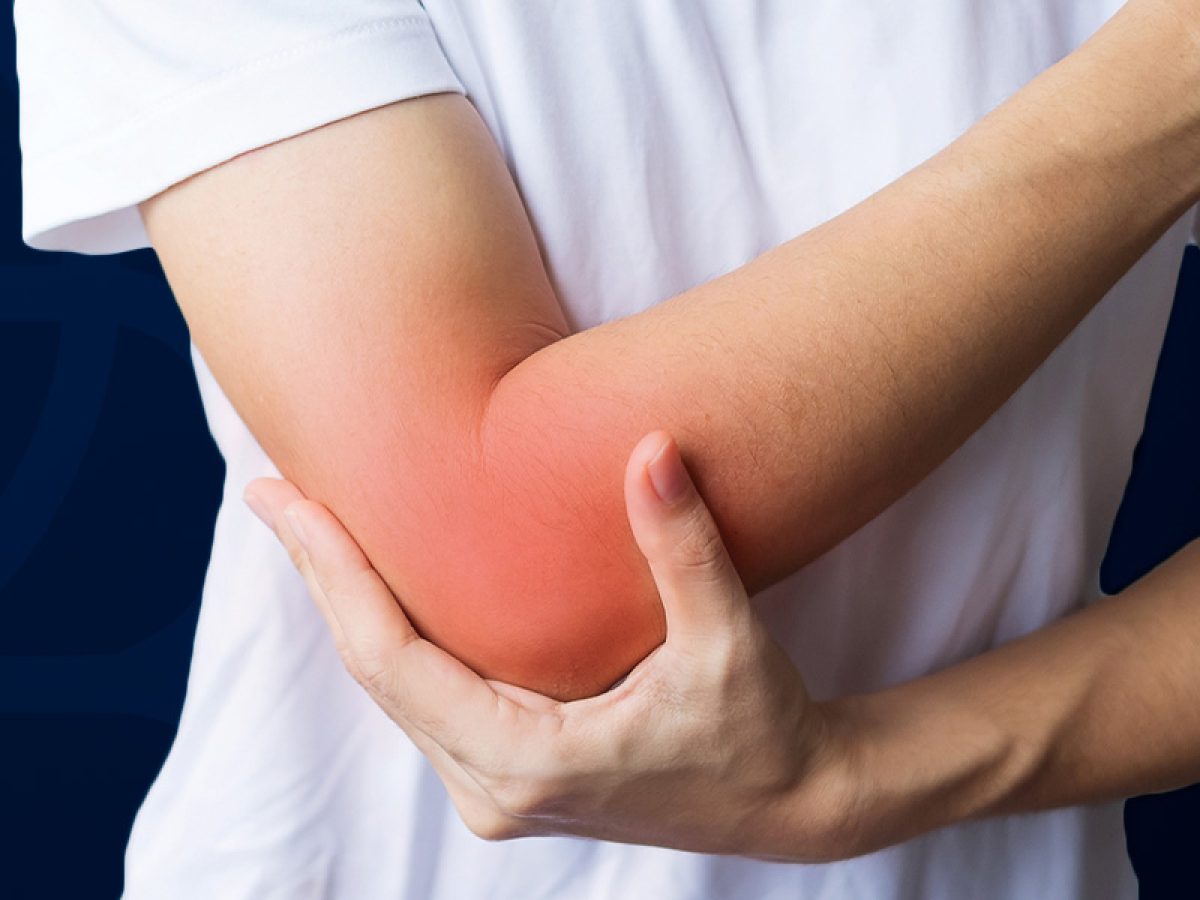
Tennis elbow, or lateral epicondylitis, may sound like something only athletes face, but it’s far more common than people think. If you’ve ever experienced a sharp pain radiating from the outer part of your elbow, chances are you’ve had a taste of what it feels like. The good news?
Expert physiotherapists know how to tackle this nagging issue. Let’s dig into why people trust them and how they can help.
What Is Tennis Elbow, and Why Does It Happen?
Tennis elbow isn’t exclusive to tennis players. It’s a condition that arises from repetitive strain on the tendons of your elbow, particularly the ones attached to your forearm muscles.
Activities like painting, typing, gardening, or even using hand tools can trigger it. Over time, these motions cause tiny tears in the tendons, leading to pain, inflammation, and reduced grip strength.
Symptoms of Tennis Elbow
- Pain on the outer part of the elbow
- Weak grip strength
- Discomfort when lifting objects or twisting your arm
- Difficulty holding a cup or shaking hands
If you live in Mango Hill and are searching for relief, seeking a tennis elbow physio in Mango Hill could be your first step toward recovery.
Why Expert Physios Are the Go-To Solution
There’s a reason why expert physios are trusted for treating tennis elbow. They don’t just focus on easing your pain but aim to address the root cause. Their approach is personal, effective, and backed by years of training.
How Physiotherapists Diagnose Tennis Elbow
Physios are skilled at identifying the specific cause of your discomfort. Through a combination of physical assessments and understanding your daily activities, they pinpoint the underlying triggers. This tailored approach ensures you’re not left dealing with recurring issues.
Treatment Options You Can Expect
Physiotherapists have a range of treatments to offer for tennis elbow. From hands-on therapy to targeted exercises, their methods are both effective and non-invasive.
- Hands-On Therapy
- Soft Tissue Massage: Reduces tension in the forearm muscles, improving blood flow and promoting healing.
- Joint Mobilisations: Restores movement and reduces stiffness in the elbow joint.
- Tailored Exercise Programs
Specific exercises strengthen the forearm muscles and improve tendon resilience. These could include:
- Eccentric Exercises: Slowly lowering a dumbbell or resistance band to build tendon strength.
- Stretching: Gentle stretches for the wrist and forearm to relieve tightness.
- Advanced Techniques
Some physios incorporate innovative techniques like:
- Dry Needling: Targets trigger points in the muscles for faster pain relief.
- Taping: Provides support to the elbow, reducing strain during activities.
How Long Does Recovery Take?
The recovery timeline for tennis elbow varies depending on the severity of the condition and how early treatment begins. Here’s a general comparison:
|
Condition Severity |
Recovery Time with Physio |
Without Physio Support |
|
Mild |
4-6 weeks |
8-12 weeks |
|
Moderate |
6-12 weeks |
3-6 months |
|
Severe |
3-6 months |
6+ months |
Regular physio sessions and sticking to prescribed exercises can cut down recovery time significantly.
What Sets Expert Physios Apart?
Living in Mango Hill, you’re likely to find physiotherapists who combine expertise with a personal touch. Here’s why locals swear by them:
- Individualised Care
No two cases of tennis elbow are the same. Physios craft treatment plans tailored to your needs, ensuring better outcomes.
- Preventive Advice
Physios don’t just treat; they teach. They’ll guide you on how to avoid reinjury by tweaking your posture, grip, or daily routines.
- Community Trust
Word travels fast in tight-knit communities like Mango Hill. Many residents turn to physiotherapists because of glowing recommendations from friends and family.
Tips for Managing Tennis Elbow at Home
While physio sessions are key, there are a few things you can do at home to speed up recovery and manage symptoms:
- Rest and Ice: Avoid activities that aggravate the pain. Apply an ice pack for 15-20 minutes, three times a day.
- Brace It Up: Use an elbow brace to reduce strain on the tendons.
- Modify Movements: Change how you perform repetitive tasks to minimise stress on your elbow.
How Tennis Elbow Physio Can Help You Bounce Back?
Tennis elbow can make even the simplest tasks—like holding a coffee cup or typing—feel like a challenge. If you’re dealing with this frustrating condition, expert physiotherapists help you get back on track. With their tailored approach, they don’t just address the pain but work on restoring your elbow’s full function.
Physios use a combination of hands-on techniques and customised exercises to relieve discomfort and promote healing. Massage and joint mobilisations reduce tension and stiffness, while specific strengthening exercises build resilience in the tendons. They also offer practical advice, like adjusting your movements or using supportive braces to prevent further strain.
What sets them apart is their focus on you as an individual. Every treatment plan is designed based on your lifestyle and needs, ensuring faster recovery and long-term results. And they won’t just stop at treating the symptoms—they’ll tackle the root cause to minimise the risk of recurrence.
With expert care, you’ll be able to manage your tennis elbow effectively and return to your daily routine with confidence.
Wrapping It All Up
Tennis elbow is a common yet frustrating condition that can disrupt your daily life. But with an expert tennis elbow physio in Mango Hill, relief is just around the corner. Their personalised treatment plans, hands-on techniques, and focus on long-term recovery make them the trusted choice for locals.
Dealing with tennis elbow might seem like an uphill battle, but it’s entirely manageable. By seeking the right help early, sticking to your treatment plan, and making small lifestyle changes, you’ll be back to doing what you love in no time. Remember, expert physiotherapists are here to support you every step of the way.





Leave a Reply